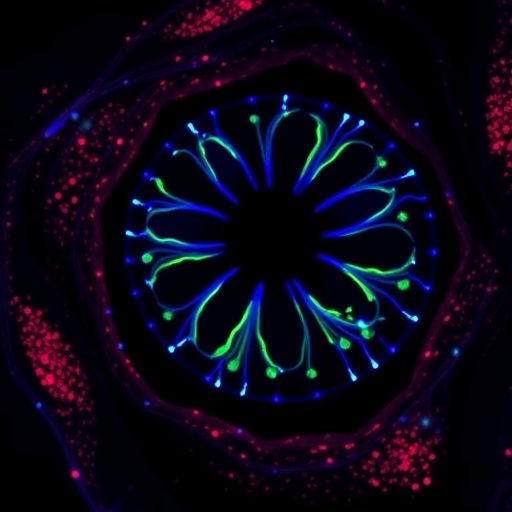Until now, neuroscientists typically had to cut a brain into ultra-thin slices to visualise such features. But that chops up one of the things they're most interested in studying: the cable-like axons that carry signals from one part of the brain to another. The new method makes it possible to visualise these long-range connections as well as the fine-scale anatomy and molecular make up of neurons, the scientists report in Nature.
Although they developed the method in mouse brains, the team shows that it works on human post-mortem brain tissue too. In the Nature paper, they describe abnormal neural connections in an autistic boy whose brain had been stored in formalin for more than 6 years.
Story Source:
The above story is reprinted from materials provided by Wired.co.uk.




